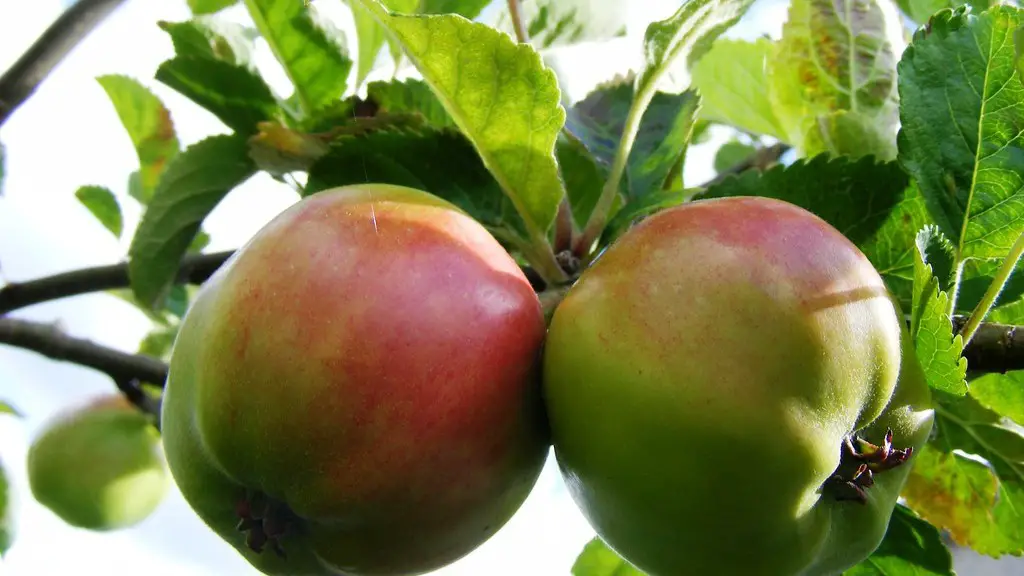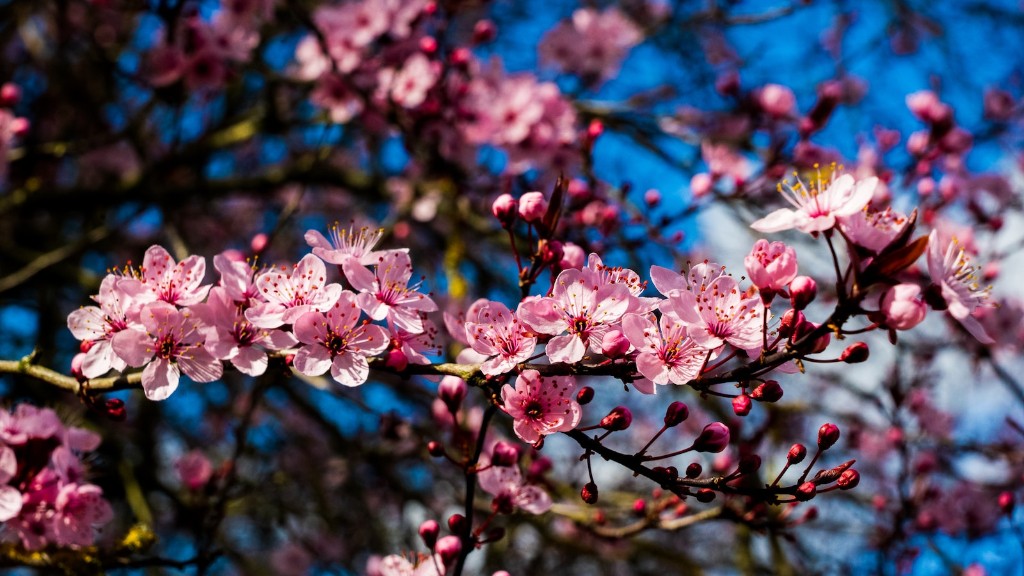Taking an apple tree cutting is an important step in propagating apple trees. To successfully propagate your own apple trees, you need to be knowledgeable in the process. Firstly, you must select the right branch to cut from. A healthy rootstock should be chosen from a 2 to 3-year-old tree. Secondly, you must prepare the cutting and pruning saws. Cuttings should be 7-12 inches long, with 3-4 buds, and cut with a sharp knife on a downwards angle. Thirdly, proper timing is key. Cuttings should be taken in early summer, when the trees are in a state of active growth and the leaves are in full bloom. Fourthly, you must prepare the material for the cutting. Use a clean container and fill it with a mixture of equal parts of moist peat moss and sterile sand. Fifthly, you must thoroughly disinfect your tools to prevent the transfer of disease and infection. Sixthly, you must maintain the proper environment for the cutting while rooting. Keep the cutting well-watered, constantly moist and in a shady spot and protect it from heat, cold and wind. Lastly, you must select the best seedling and re-pot it. Monitor the cutting until it has established healthy roots and several leaves before transplanting it outside to an area with plenty of sunlight and space. Proper care and maintenance is key to ensure a successful apple tree cutting.
Harvesting Apple Tree Cuttings
Harvesting apple tree cuttings is not as difficult as it sounds. Start by selecting a healthy branch from a 2 to 3-year-old tree. Look for long, 1-1.5cm wide shoots with several buds that have just started to burst. Be sure to use sharp pruning shears, clean the blades between cuts, and cut the stem at a 45° angle. Once cut, place the cuttings immediately in a clean bucket filled with water.
Provide the Right Environment
Once you have harvested the apple tree cuttings, you’ll want to provide them with the right environment for rooting. Fill a pot with equal parts of moist peat moss and sand, and insert the cuttings into the soil. Make sure to press down the soil around the base of the cutting to ensure that it is firmly in place. Place the cuttings in a warm and protected area, away from strong winds and direct sunlight. Keep the soil moist, but not overly wet. You may want to cover the pot or cuttings with a plastic bag or other materials to prevent excessive drying.
Rooting Hormones
Using rooting hormones can help speed up the process of taking apple tree cuttings. Rooting hormones are a powder or liquid that stimulates and encourages root growth in cuttings. You can purchase them online or at your local nursery. To apply them, simply dip the base of the cutting in the rooting hormone and then place the cutting into the soil. Take care not to inhale or ingest any of the rooting hormone as it is poisonous.
Transplanting
Once the cutting has developed sufficient roots, you can transplant it into an area with plenty of sunlight and space. Prepare the area prior to planting by digging a hole slightly larger than the size of the pot. Gently remove the rootball from the pot and position it in the hole. Fill the area around the rootball with soil and press down firmly. Water the plant well and add a layer of mulch or compost to conserve moisture. Keep the soil moist for at least the first few weeks until the tree has established itself.
Caring For the Apple Tree Cutting
Caring for the apple tree cutting is essential if you want it to grow and thrive. During the first few years, you will need to monitor the soil moisture levels, water the tree whenever necessary, prune any dead or damaged branches, and make sure that the tree receives adequate amounts of sunlight. You may need to fertilize the tree during the growing season with a nitrogen-rich fertilizer. After a few years, the tree can be harvested, propagated and harvested again. But, proper care during the early years will increase the chances of success.
Caring for the Rootstock Tree
It’s important to also care for the rootstock tree that you took the apple tree cutting from. Be sure to monitor the overall health of the tree and prune away any dead or diseased branches. After a few years, you can harvest any fruit produced by the tree. Proper care and maintenance will ensure that the rootstock tree remains healthy and produces a high yield of apples.
Taking Cuttings From Other Apple Trees
Once you’ve successfully taken your first apple tree cutting, you can use it to take more cuttings from other apple trees. Take cuttings from a variety of apple trees to increase the genetic diversity of your plants and also increase your chances of success. You may want to consider taking cuttings from newer or older apple varieties as well. With patience and practice, you can easily propagate your own apple trees.


